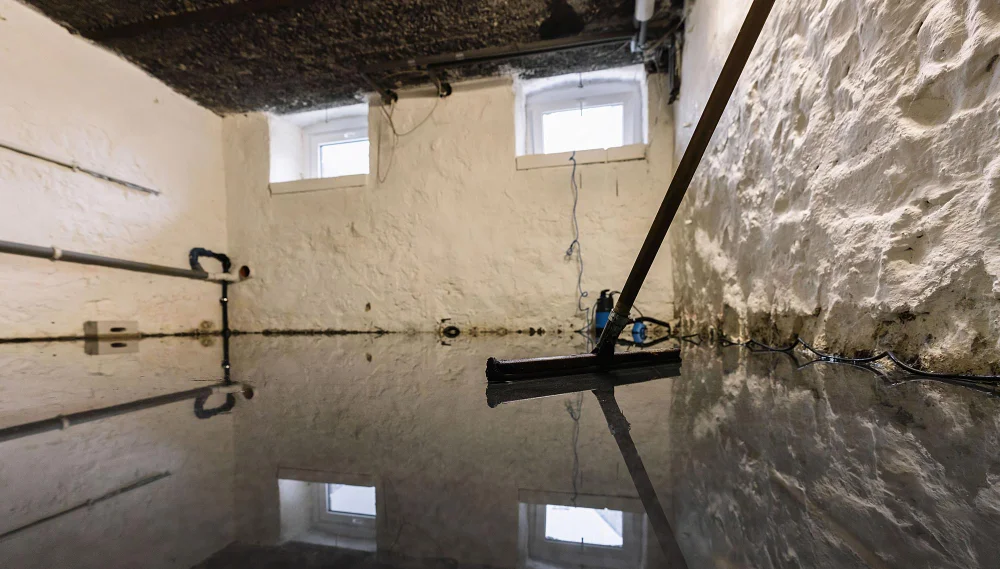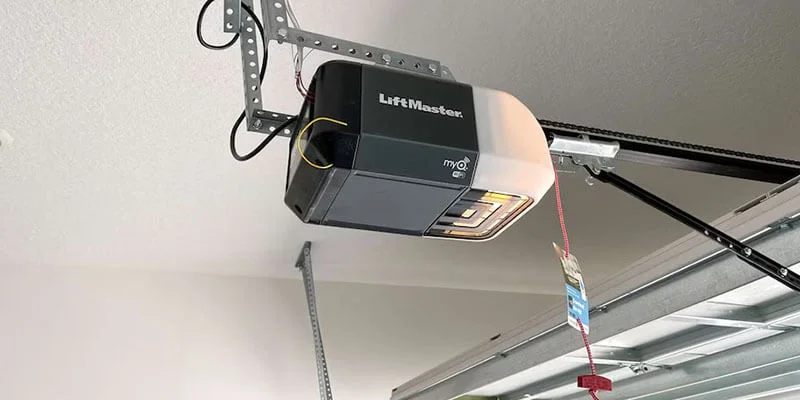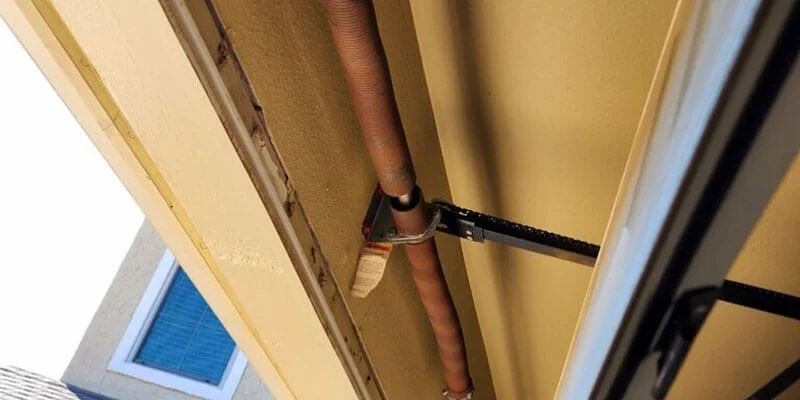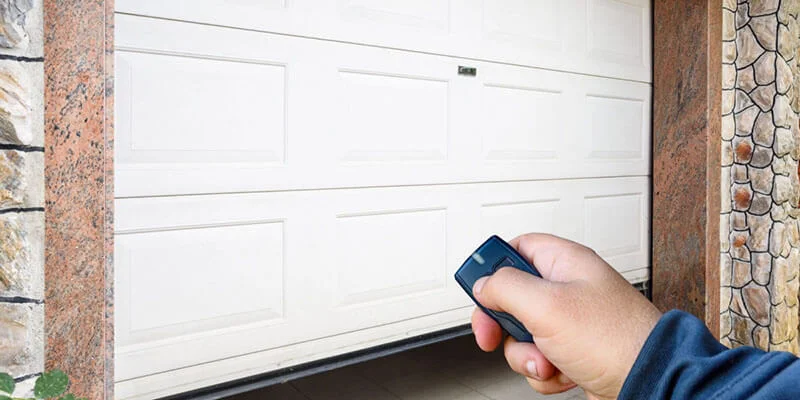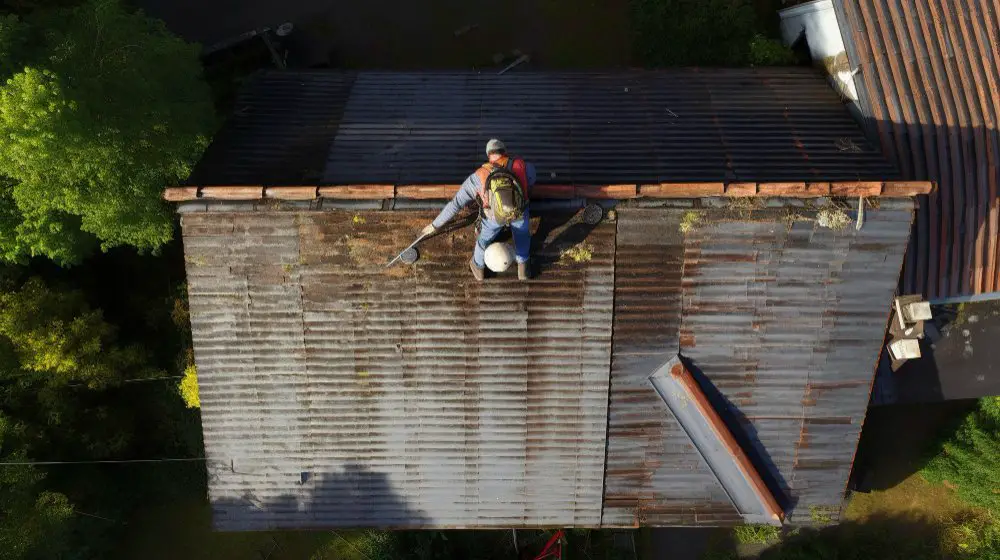Basement waterproofing prevents flooding, secures your foundation, and creates a usable lower level. Excess moisture can cause mold, ruin possessions, and weaken structural integrity. Proper waterproofing techniques divert groundwater and water away from your home’s foundation.
Waterproofing your basement is essential to stop moisture damage and mold growth. Depending on your needs, you can use several waterproofing methods to transform your wet basement into a dry, comfortable living space. Evaluate these standard methods of waterproofing basements Toronto to choose the best solution for your needs.
1. Interior Waterproofing Systems
Interior drainage systems use perforated pipes along the basement floor perimeter to collect water and redirect it to a sump pump. The pump then ejects the water away from the foundation.
These systems also incorporate a moisture barrier over basement walls and floors to block water. It helps keep the interior space dry while the drainage pipes divert the moisture.
Interior drainage pipes are typically made of plastic PVC or corrugated high-density polyethylene. The pipes feature small perforations to allow water entry. They connect to solid pipes that outlet to the sump pump.
Interior drainage systems require jackhammering a channel around the basement’s interior perimeter to install the pipes below the concrete slab.
Interior basement waterproofing provides a thorough and customizable waterproofing solution. The systems fully protect against flooding and moisture damage. They also allow for layout flexibility when finishing or remodeling your basement.
2. Exterior Waterproofing Systems
Exterior drainage techniques prevent water from reaching the foundation. They install drainage pipes around the exterior basement walls instead of the inside.
The pipes sit below the frost line to avoid freezing. They collect water and channel it away from the property. Some systems also incorporate waterproof coatings on the exterior walls.
Before installing exterior drainage, excavators first dig a trench around the foundation walls to expose the footing. After that, drainage pipes are installed along the footer and foundation, sloping away from the house to aid in water drainage.
Exterior basement Waterproofing Toronto provides comprehensive protection without rearranging your basement’s layout. It resolves most wet basement issues while allowing interior spaces to remain unchanged. This makes it ideal for finished basements.
3. Sealing
Negative side sealing waterproofs basement walls from the outside. First, excavators dig to expose the exterior foundation walls. Workers then apply a thick, flexible, waterproof sealant to the walls.
The rubberized sealant bonds to the foundation, closing off any cracks or openings. It creates a watertight barrier to block moisture from seeping in.
Spray-on sealants offer the most straightforward application. Roll-on waterproof coatings also work well. The sealant used should be compatible with your foundation material.
Proper surface prep is crucial for the sealants to adhere correctly. Workers thoroughly clean and dry the walls before applying the sealant. Multiple coats are often used for maximum effectiveness.
This technique keeps water out of basement walls and the surrounding soil. It is ideal for severely leaky foundations.
4. Interior French Drains
French drains are gravel-filled trenches that redirect groundwater away from your home. Interior French drains run around the basement’s perimeter inside.
Perforated pipes at the base of the trench collect water. The gravel backfill provides drainage, while filters prevent clogging from dirt and sediment. The pipes route water to a sump pump for discharge.
This passive system relies on gravity to direct water into the pipes. It provides reliable moisture control suitable for many wet basements.
French drains offer a more straightforward interior drainage system. They sufficiently manage moisture in some wet basements.
5. Waterproof Paints And Sealants
Waterproof paints and sealants provide a convenient and affordable waterproofing option. Special basement paints contain silicone or other waterproofing agents. Water-blocking sealants fill small cracks and openings.
Look for basement paints labeled as waterproofing or damp-proofing coatings. Cement-based sealants work well to patch minor cracks. Acrylic or urethane sealants provide added water protection.
When appropriately applied, paints and sealants form an impenetrable moisture barrier. They prevent water seepage through basement walls and floors. Proper prep, like cleaning and etching concrete, is vital so coatings bond correctly.
Waterproof coatings are quick and easy to apply but not a complete waterproofing solution. Use heavy-duty waterproof paint on walls and floors. Seal all joints and visible cracks thoroughly. Apply multiple coats for the best effectiveness.





